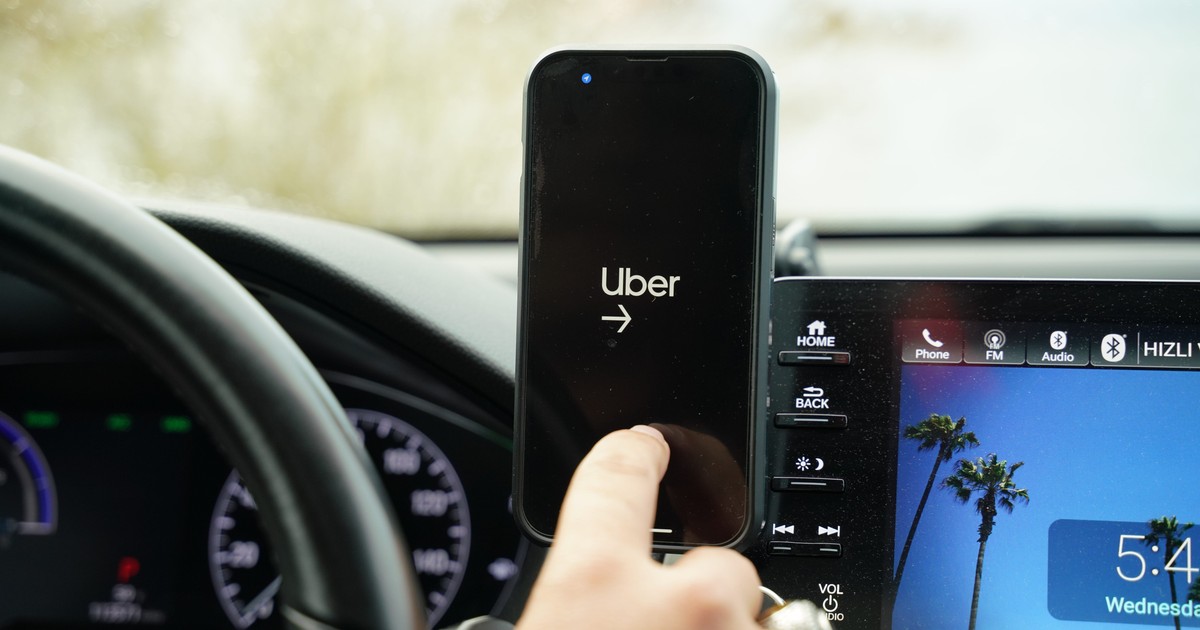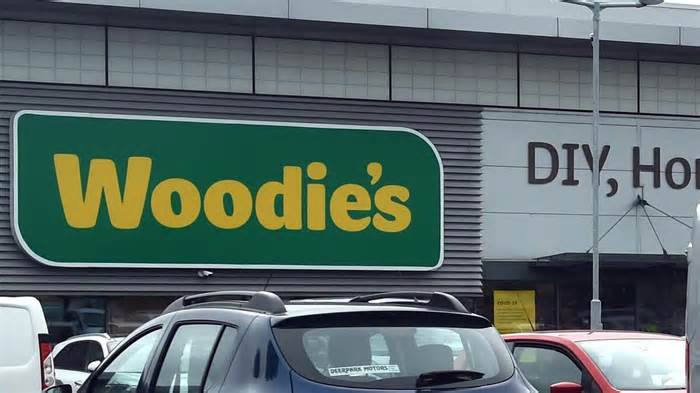## Hold onto your steering wheels, folks! Uber’s got a new game plan, and it’s targeting your neighbor with a car.
You know the drill: hail an Uber, get whisked away, and avoid the hassle of parking. But what if you’re already driving? What if you’re comfortably ensconced in your suburban life, car keys in hand? Well, Uber thinks it has a way to turn you into a rider – and it’s playing a long game.

Business Insider recently spilled the beans on Uber’s ambitious strategy to scoop up suburbanites who already own cars. Forget just grabbing late-night pizza runs, Uber’s aiming for something bigger – a complete shift in how we think about personal transportation.

Overcoming Convenience Barriers: Uber’s Suburban Strategy
Suburban Habits: Redefining Ride-Hailing Needs

Uber’s expansion into suburban markets presents a unique set of challenges and opportunities. Unlike densely populated urban areas, where ride-hailing services are often seen as a primary mode of transportation, suburbanites tend to rely on personal vehicles. This ingrained car-centric culture significantly impacts ride-hailing adoption and necessitates a tailored strategy to cater to suburban needs and preferences.
According to Uber’s CFO, Prashanth Mahendra-Rajah, approximately 20% of all ride-hailing trips on the platform occur in “sparser markets.” Notably, the growth rate of rides in these less-dense areas is outpacing that of rides in urban centers. This underscores the immense potential for ride-hailing services in suburban markets.

Everyday Occasions: Uber for Dinner and Beyond
While Uber has traditionally been associated with airport transfers and special occasions, the company is actively working to establish itself as a viable option for everyday suburban commutes and errands. Gamestanza believes this shift in usage patterns is crucial for Uber’s long-term success in suburban areas.
As CEO Dara Khosrowshahi noted, Uber is witnessing a growing trend of suburbanites utilizing the platform for everyday activities like going out to dinner. This indicates a gradual shift in consumer behavior, with ride-hailing becoming an increasingly integrated part of suburban life.
Shifting Usage Patterns: From Special Occasions to Daily Rides
The transition from occasional to daily ride-hailing usage is vital for Uber’s profitability in suburban markets. While special occasion rides tend to be higher-paying due to surge pricing, they are often inconsistent and unpredictable. By encouraging daily usage for errands, commuting, and social activities, Uber can create a more stable and recurring revenue stream.
The “Occasional Rider” Dilemma: Balancing User Engagement with Profitability
One of the key challenges Uber faces in suburban areas is the “occasional rider” dilemma. While suburbanites may utilize Uber for specific occasions, their overall ride frequency is significantly lower compared to city dwellers. This poses a challenge for driver retention and profitability, as drivers may struggle to find enough rides in less densely populated areas.
Gamestanza believes that Uber needs to strike a delicate balance between incentivizing occasional riders and ensuring driver profitability. This could involve strategies like targeted promotions, loyalty programs, and optimized driver dispatching algorithms to maximize efficiency in suburban areas.
The Future of Ridesharing: A World Beyond the City Center
Uber’s Long-Term Vision: A Ubiquitous Presence
Uber’s ambitious expansion into suburban markets reflects its long-term vision of becoming a truly ubiquitous transportation solution. The company aims to provide ride-hailing services wherever people need them, transcending the traditional boundaries of urban centers.
This strategy aligns with the growing trend of suburbanization and the increasing demand for convenient and reliable transportation options outside of cities. By catering to the unique needs of suburban communities, Uber can solidify its position as the leading ride-hailing platform in the future.
Competition Heating Up: Local Players and New Mobility Solutions
Uber’s foray into suburban markets faces increasing competition from local ride-hailing services and emerging mobility solutions. These local players often have a deeper understanding of the specific needs and preferences of suburban communities, while new mobility options like micro-transit and on-demand shuttles are challenging the traditional ride-hailing model.
Gamestanza anticipates that the suburban ride-hailing landscape will become increasingly competitive in the coming years. Uber will need to continuously innovate and adapt its strategies to maintain its market share and stay ahead of the curve.
Gamestanza’s Take: How Suburban Expansion Will Shape the Future of Ride-Hailing
Uber’s expansion into suburban markets represents a significant milestone in the evolution of the ride-hailing industry. This move will undoubtedly shape the future of transportation, pushing the boundaries of convenience and accessibility beyond urban centers.
Gamestanza believes that the success of Uber’s suburban strategy will hinge on its ability to:
- Tailor services to the unique needs of suburban communities.
- Incentivize daily usage and create a sustainable revenue model.
- Effectively compete with local players and new mobility solutions.
By addressing these challenges and leveraging its technological prowess, Uber can solidify its position as the dominant player in the suburban ride-hailing market, ushering in a new era of on-demand transportation for everyone.
Conclusion
Conclusion: Uber’s Bold Play for a New Ecosystem
As we conclude our analysis of Uber’s ambitious plan to tap into the suburban ride-hailing market, it’s clear that the company is poised to revolutionize the way we think about transportation. By targeting those who already own a car, Uber is effectively creating a hybrid model that blurs the lines between ride-hailing and personal vehicle ownership. The key takeaways from this strategy are twofold: first, Uber’s willingness to adapt and innovate in the face of changing consumer behavior; second, the potential for this model to disrupt traditional notions of car ownership and usage.
The significance of this move cannot be overstated. As urbanization and changing lifestyles continue to reshape the way we live and work, the need for flexible, on-demand transportation options will only increase. By catering to the needs of suburbanites who already own a car, Uber is not only expanding its user base but also creating a new revenue stream that could offset declining ride-hailing demand in urban areas. The implications are far-reaching, with potential knock-on effects for the automotive industry, urban planning, and even the way we think about work and leisure.
As we look to the future, one thing is certain: the transportation landscape will never be the same. Uber’s bold play is a harbinger of a new era in mobility, one where the boundaries between ride-hailing, car ownership, and public transportation will continue to blur. As we navigate this shifting landscape, one thing is clear: the future of transportation will be shaped by innovators like Uber who are willing to challenge the status quo and reimagine the possibilities. The question is, what’s next?